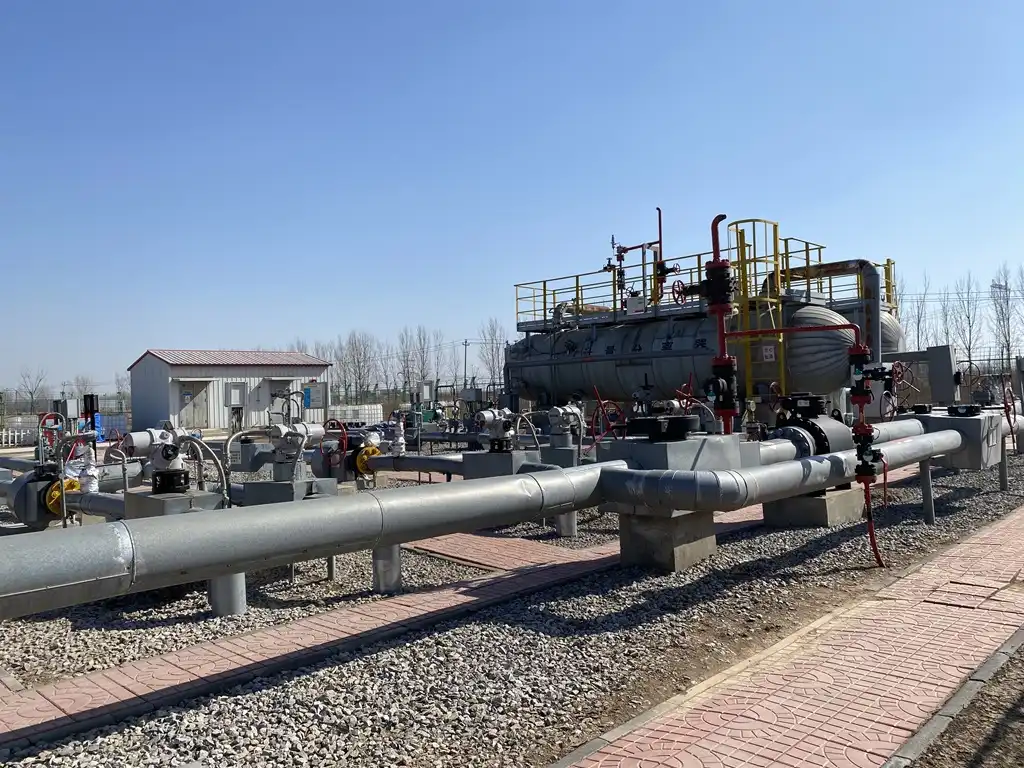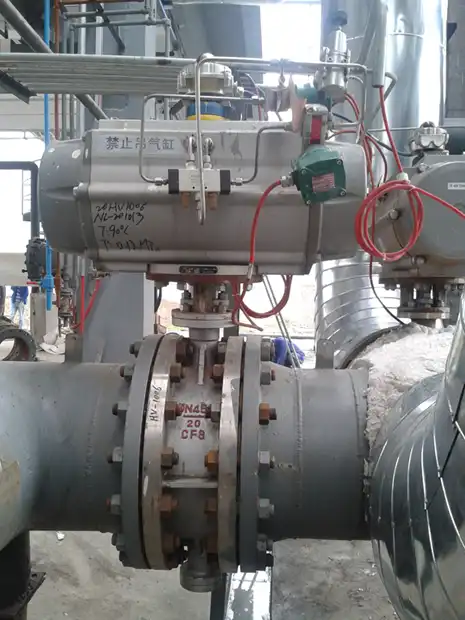Understanding the Differences Between Gate Valves and Butterfly Valves
Gate Valve Design and Operation
Gate valves are linear motion valves that use a flat or wedge-shaped gate to control flow. The gate moves perpendicular to the flow path, creating a seal when fully closed. These valves are known for their ability to provide a tight shut-off and handle high-pressure applications. Gate valves operate by raising or lowering the gate, which can be time-consuming for large valves. They are typically used in applications where minimal pressure drop is crucial and infrequent operation is acceptable.
Butterfly Valve Design and Operation
Butterfly valves consist of a disc that rotates on a shaft to control flow. When fully open, the disc is parallel to the flow, offering minimal obstruction. Butterfly valves are characterized by their quick quarter-turn operation, making them ideal for frequent use. They are compact, lightweight, and provide excellent flow control. The design of butterfly valves allows for efficient sealing with minimal moving parts, reducing maintenance requirements. These valves are particularly suitable for applications where space is limited and rapid operation is necessary.
Key Performance Characteristics
When comparing gate valves and butterfly valves, several performance characteristics come into play. Gate valves excel in providing bi-directional sealing and handling high-pressure systems. They offer minimal pressure drop when fully open but can be prone to seat wear over time. Butterfly valves, on the other hand, provide superior flow control and are more versatile in throttling applications. They have a lower pressure drop compared to gate valves of similar size and offer better performance in low-pressure systems. Butterfly valves are also more resistant to cavitation and erosion due to their design. Understanding these characteristics is crucial in determining which valve type is most suitable for your specific application.
Advantages and Disadvantages of Replacing Gate Valves with Butterfly Valves
Benefits of Butterfly Valves
Replacing gate valves with butterfly valves can offer numerous advantages in certain applications. Butterfly valves are significantly more compact and lightweight, making them easier to install and maintain, especially in confined spaces. Their quarter-turn operation allows for quick opening and closing, which is beneficial in emergency shut-off situations. Butterfly valves also provide excellent flow control capabilities, making them ideal for applications requiring precise flow regulation. Additionally, the simple design of products results in fewer moving parts, potentially reducing maintenance costs and increasing reliability. These valves are also known for their versatility, as they can handle a wide range of media, including liquids, gases, and slurries.
Limitations of Butterfly Valves
While butterfly valves offer many benefits, they also have limitations that should be considered. One significant drawback is their reduced effectiveness in high-pressure applications compared to gate valves. Butterfly valves may struggle to provide a tight seal under extreme pressures, potentially leading to leakage. The disc in a butterfly valve always remains in the flow path, even when fully open, which can result in a higher pressure drop compared to a fully open gate valve. This characteristic may be problematic in systems where minimizing pressure loss is critical. Furthermore, butterfly valves may not be suitable for highly viscous fluids or those containing large particulates, as these can interfere with the disc's operation and sealing capabilities.

Cost Considerations
The cost implications of replacing gate valves with butterfly valves are multifaceted. Initially, butterfly valves are often less expensive than gate valves of comparable size and pressure rating. This cost advantage extends to installation, as butterfly valves' lighter weight and compact design generally require less labor and supporting infrastructure. Operational costs can also be lower due to the reduced actuation time and energy requirements of products. However, it's essential to consider the long-term costs associated with potential performance differences. While butterfly valves may offer savings in certain areas, they might lead to increased energy costs in systems where their inherent pressure drop is significant. Additionally, the cost of retrofitting existing systems to accommodate butterfly valves should be factored into the decision-making process. A comprehensive cost analysis, considering both initial and lifecycle costs, is crucial when evaluating the financial implications of valve replacement.
Factors to Consider When Deciding to Replace Gate Valves with Butterfly Valves
Application-Specific Requirements
When contemplating the replacement of gate valves with butterfly valves, it's crucial to thoroughly assess your application's specific requirements. Consider the operating pressure range, as butterfly valves may not be suitable for extremely high-pressure systems where gate valves typically excel. Evaluate the flow characteristics needed for your process; butterfly valves offer excellent flow control and are ideal for throttling applications, while gate valves are better suited for on-off service. The type of media being controlled is also a critical factor. Butterfly valves perform well with clean liquids and gases but may struggle with highly viscous fluids or those containing large particulates. Temperature extremes can affect valve performance and material selection, so ensure that the chosen valve type can withstand your system's temperature range. Additionally, consider the frequency of valve operation, as butterfly valves' quick quarter-turn design makes them more suitable for frequent cycling compared to gate valves.
System Compatibility and Integration
Replacing gate valves with butterfly valves requires careful consideration of system compatibility and integration. Assess the existing piping configuration and available space, as butterfly valves typically require less installation space but may necessitate modifications to piping layouts. Evaluate the impact on flow dynamics within your system, as the presence of the product disc in the flow path can affect turbulence and pressure drop characteristics. Consider the compatibility of butterfly valves with your current control systems and actuators. While butterfly valves often require less torque to operate, they may need different actuation mechanisms compared to gate valves. Examine the potential effects on other system components, such as pumps and instrumentation, that may be sensitive to changes in flow patterns or pressure variations. Ensure that the materials used in butterfly valve construction are compatible with your process media and existing piping materials to prevent corrosion or contamination issues.
Maintenance and Long-Term Reliability
Maintenance requirements and long-term reliability are crucial factors when deciding to replace gate valves with butterfly valves. Butterfly valves generally have fewer moving parts and simpler designs, potentially leading to reduced maintenance needs and lower associated costs. However, the sealing elements in the products, such as elastomeric seats, may require more frequent replacement in certain applications. Consider the accessibility of the valves for maintenance and the availability of spare parts. Evaluate the expected service life of butterfly valves in your specific operating conditions compared to that of gate valves. Assess the potential for wear and erosion, particularly in applications involving abrasive media or high-velocity flows. The reliability of the valve in maintaining a tight shut-off over time is another critical consideration, especially in applications where leakage could have significant consequences. Additionally, consider the ease of in-line maintenance and the potential for predictive maintenance strategies with each valve type. By thoroughly evaluating these maintenance and reliability factors, you can make an informed decision that optimizes your system's performance and minimizes long-term operational costs.
Conclusion
The decision to replace gate valves with butterfly valves should be based on a comprehensive evaluation of your specific application requirements, system compatibility, and long-term operational considerations. While butterfly valves offer advantages such as compact design, quick operation, and excellent flow control, they may not be suitable for all applications, particularly those involving high pressures or certain types of media. Careful analysis of factors including pressure ratings, flow characteristics, maintenance needs, and cost implications is essential. By weighing the pros and cons and considering the unique aspects of your system, you can determine whether the switch to butterfly valves will enhance your operations or if gate valves remain the optimal choice for your needs.
Contact Us
Are you considering upgrading your valve system? CEPAI Group offers expert guidance and high-quality valve solutions tailored to your specific needs. Our range of advanced butterfly valves and other flow control products can help optimize your operations, improve efficiency, and reduce maintenance costs. Contact us today at cepai@cepai.com to discuss how we can enhance your fluid control systems with our innovative solutions.


_1746598538016.webp)



